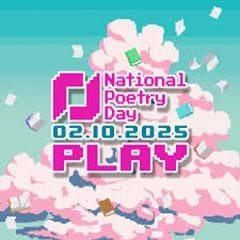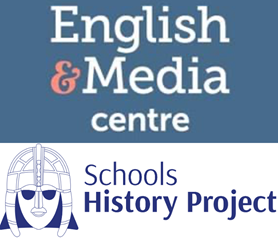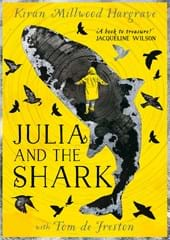Background
I began 2025 on a mission to find the perfect Year 7 modern novel for our non-selective, high FSM, inner London cohort. This was a special year for our English department: where we had previously set loosely by reading age, this was the first year where our Year 7 classes were entirely mixed attainment. I taught two Year 7 groups, both with some students who had just arrived in the UK, some who had EHCPs, and others who had the highest possible KS2 English scores. I needed a fun, accessible text which still provided a high level of challenge and opportunities for creativity.
In Julia and the Shark, the author Kiran Millwood Hargrave collaborated with artist Tom de Freston to create a novel where the images are central to the story. Ten-year-old Julia moves from Cornwall to Unst for the summer while her marine biologist mother tries to track a greenland shark. The novel is a coming-of-age story with central themes of change, friendships, mental health and appreciation for the natural world.
Choosing a KS3 novel
I used the ‘choosing a novel at KS3’ questions list from the EMC KS3 texts webinar to help guide our choice of text. For Julia and the Shark, the answer to the majority of these questions was ‘yes’. The most fundamental question in this particular year group was the second: ‘Is it accessible for all, while also offering challenge for all?’ The most appealing question was the sixth: ‘Does it encourage a range of valid, interesting readings and ways of responding?’ The hybrid narrative-poetry-illustrations of Julia and the Shark leant itself to creative responses, while its more adult themes (parental responsibility, mental illness, racism) offer interesting opportunities for discussion and debate. The criteria are as follows:
1. Is the content age-appropriate?
2. Is it accessible for all, while also offering challenge for all?
3. Is the language sufficiently wrought to be worthy of study?
4. Is the narrative gripping?
5. Does it stimulate thinking?
6. Does it encourage a range of valid, interesting readings and ways of responding?
7. Can you readers identify with the characters?
8. Does it centre traditionally marginalised characters, voices and perspectives?
9. Does it encourage thinking about its form?
10. Does it exemplify in interesting ways particular aspects of the novel form - such as voice,
genre, narrative arc, etc.?
11. Does it offer interesting connections with other texts studied, or wider conversations
about literature?
12. Does it contribute to a balanced, sequenced range of texts across KS3?
13. Is it the right novel for your school?
14. Is it new to most students in the class?
The principles behind the new scheme were to build emotional literacy, creativity, deep thinking, encourage talk, and create meaningful written work.
Predictions
I introduced the novel by encouraging the class to ‘judge a book by its cover’. They each made predictions based on the title, blurb and cover. I recorded their predictions and we referred back to them as we progressed through the novel, sometimes laughing at how far the plot had strayed from our expectations. As well as a reciprocal reading strategy, this activity created a sense of ‘skin in the game’ - the students were excited to carry on reading and assess the accuracy of their predictions.
Emotional literacy
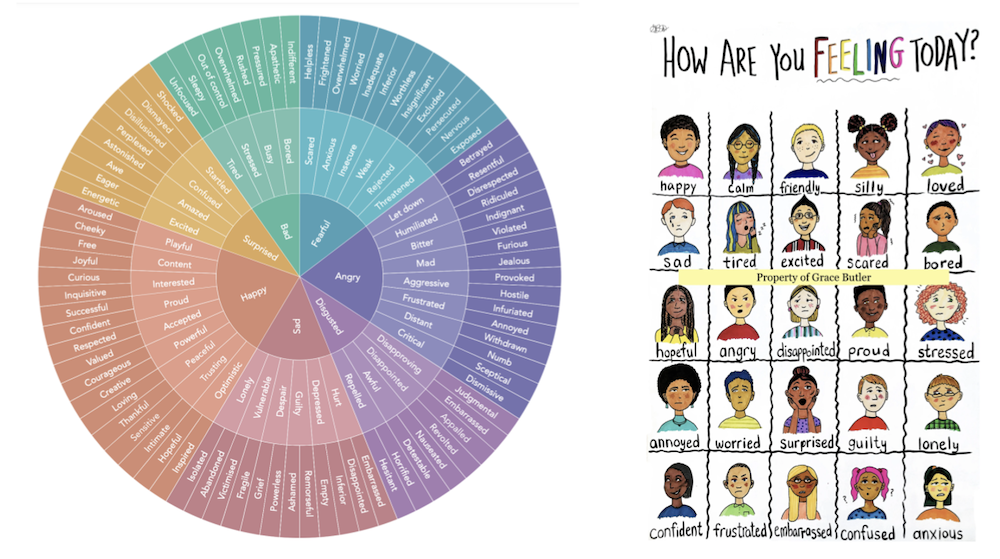
We wanted to build our students’ emotional literacy, so before beginning the novel, I ensured all students knew how to use a feelings wheel so they could track the characters’ changing emotions. I was eager to encourage regular identification of feelings following increasing research suggesting that being able to name negative emotions may lessen their intensity. Asking the students to identify the emotions in a routine activity enabled them to then make stronger statements about the novel as a whole.
Creativity
Tom de Freston’s beautiful illustrations also helped to ensure the novel was accessible for our students with emerging English, and we encouraged students to use them in their analysis alongside the language. Closely scrutinising the pictures and responding to questions such as 'Why do you think the artist has chosen to draw Julia in this way?' and What does the image reveal about Julia?' became a key part of understanding how Julia changes in the novel. (You can view some of the illustrations, including the one the students responded to from Chapter 14, at Tom de Freston's website: https://tomdefreston.co.uk/publication/julia-and-the-shark/)
The illustrations also provided natural opportunities for creativity. The illustrations led to students developing their own shape poems about the greenland shark. When we finished the novel, the students chose their favourite picture to use as inspiration to begin their own original story.
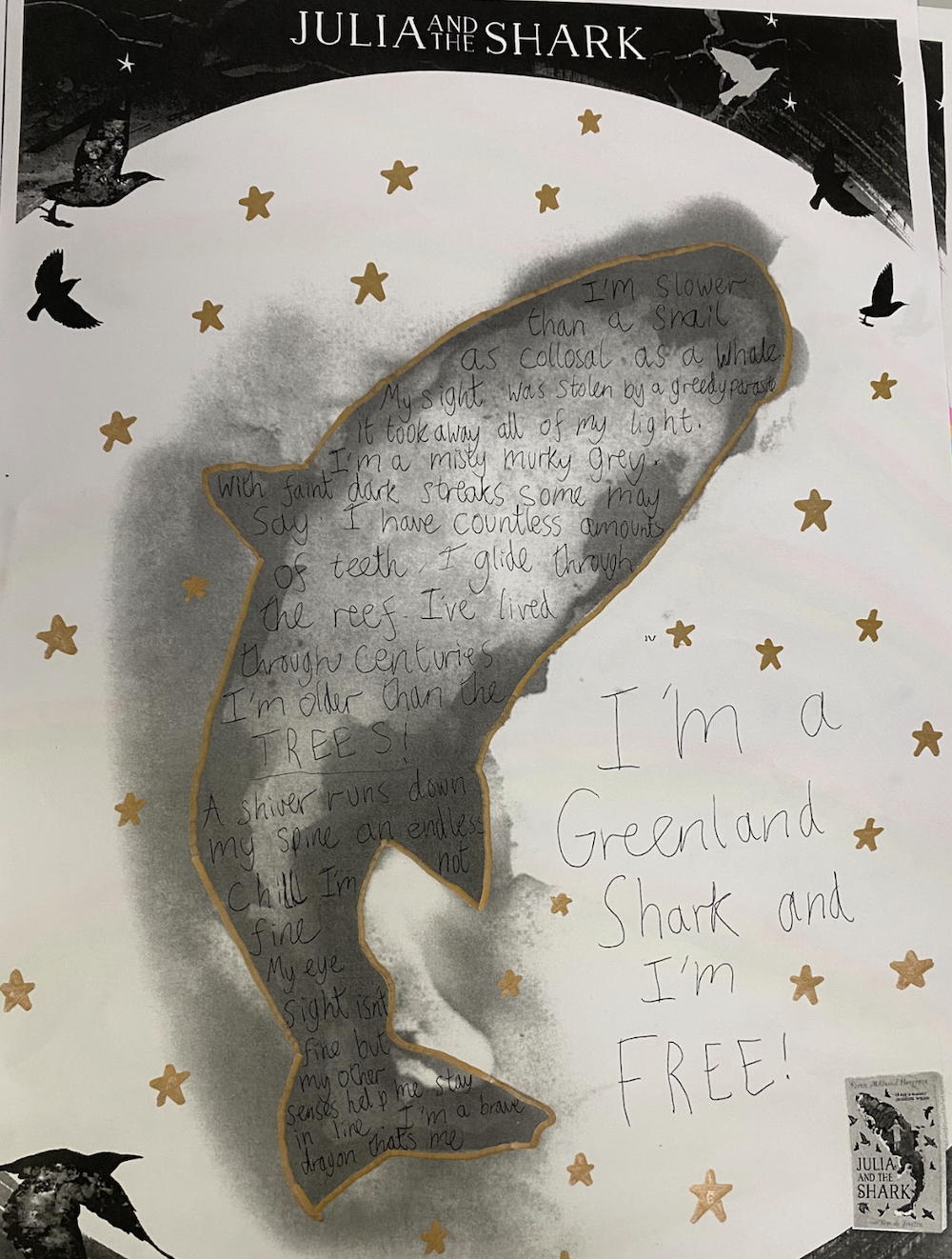
Assessments
Our department had taken the messages from EMC’s Beyond the Critical Essay webinar to use more open and creatively critical approaches to our assessments. Instead of scaffolded assessments, we decided to use talk and open-ended reflection questions to assess student understanding and engagement with the novel. I piloted two different forms of assessment, a statement activity and a more scaffolded reflections activity, as the final reading assessment.
Compared with previous PETAL-style assessments, most students produced an interesting and original response which showed real engagement with the novel. They were a pleasure to read and gave me a more solid understanding of my class and the ways they think. I could engage meaningfully with their ideas and our Improvement And Correction Time lesson (IACT) after the assessment yielded some fruitful debate. Importantly, some of our students with additional needs and lower reading ages produced perceptive and detailed responses.
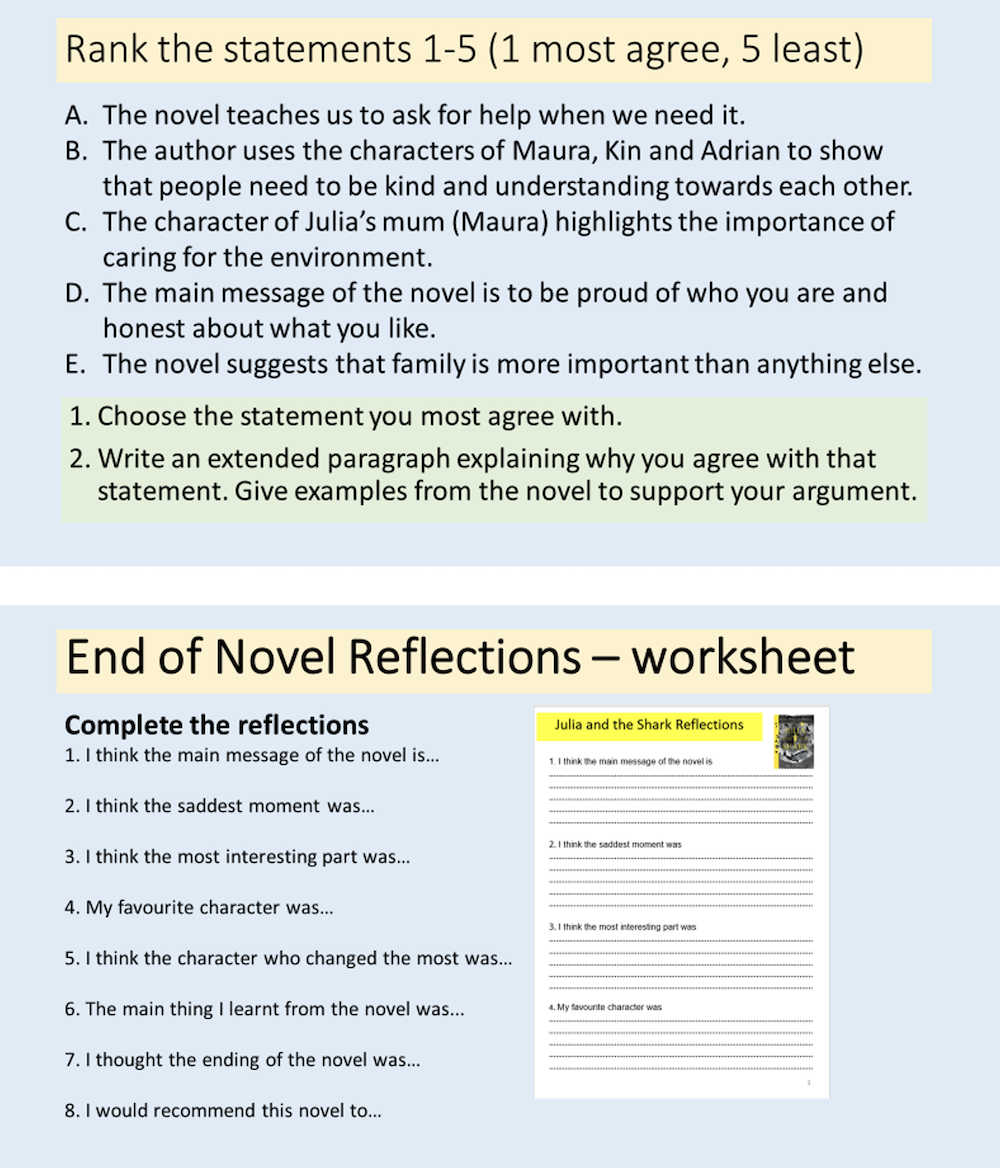
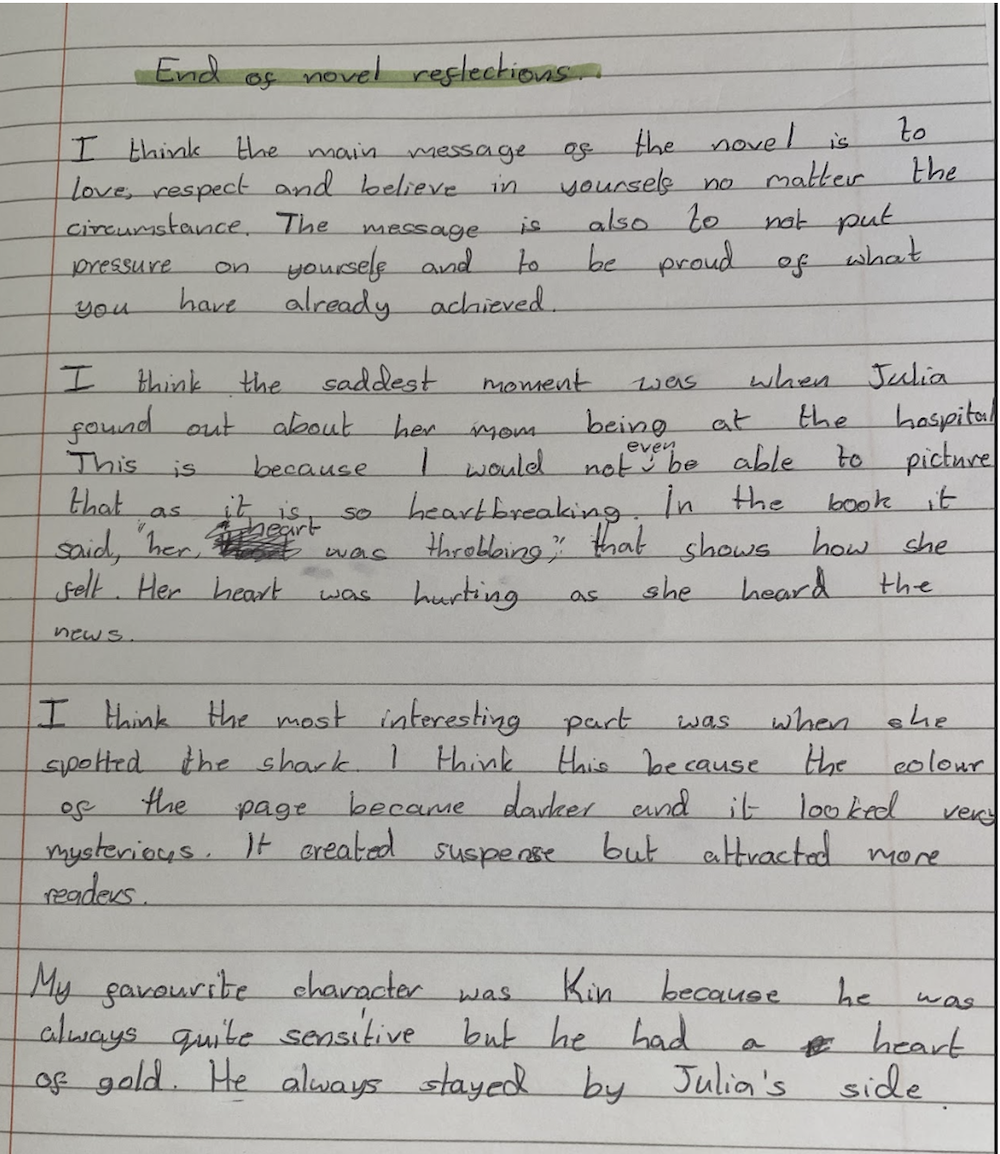
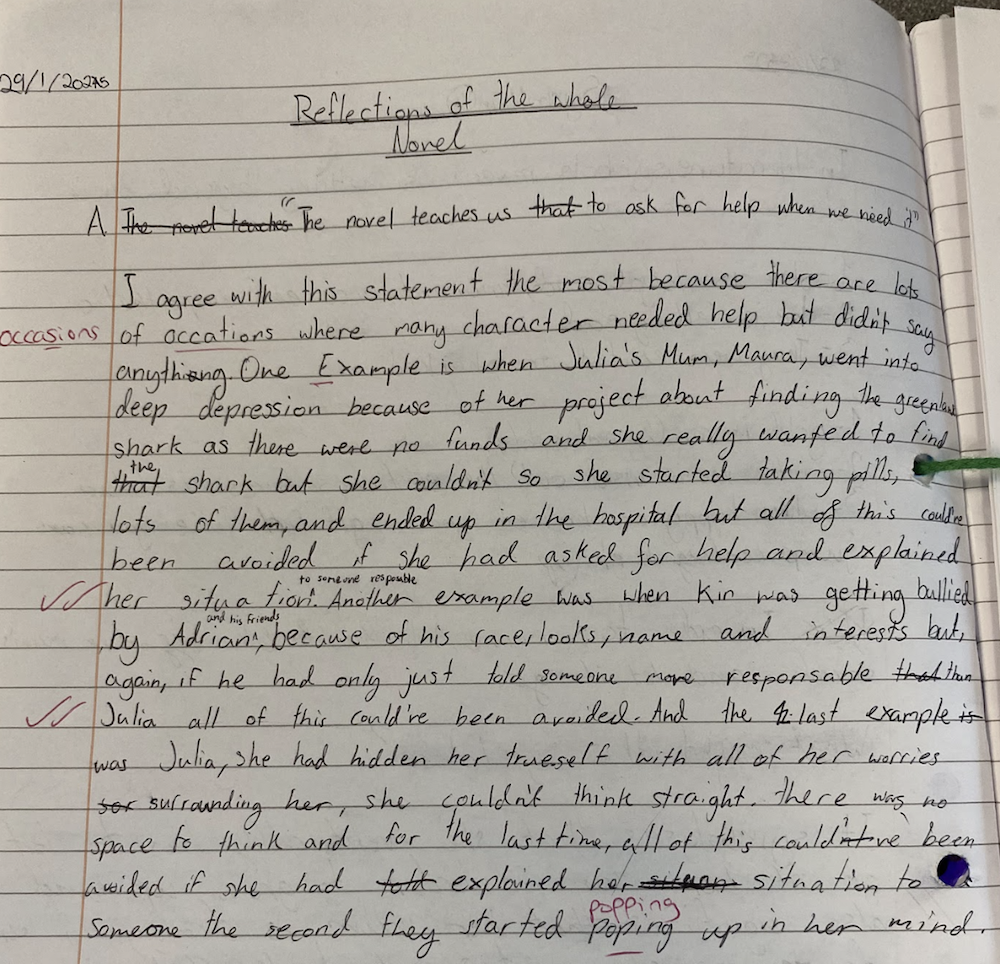
Students’ opinions
Perhaps the best way to assess the strengths of the novel is through students’ views on whether they’d recommend it. The responses below are taken from across the range of classes:
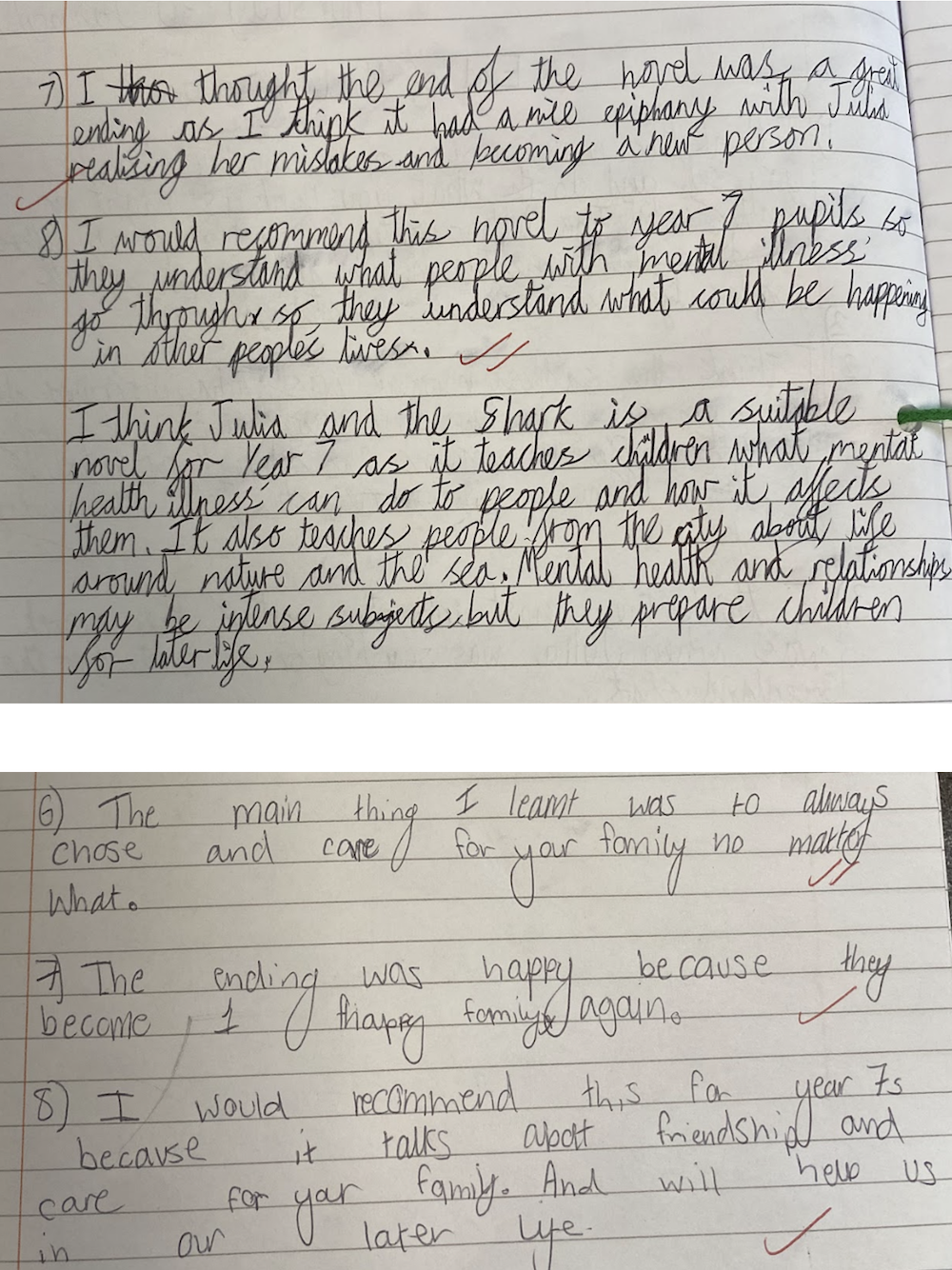
Many thanks to the EMC team and their webinar leaders for the approaches taken and for the resources created by Shapes for Schools.







